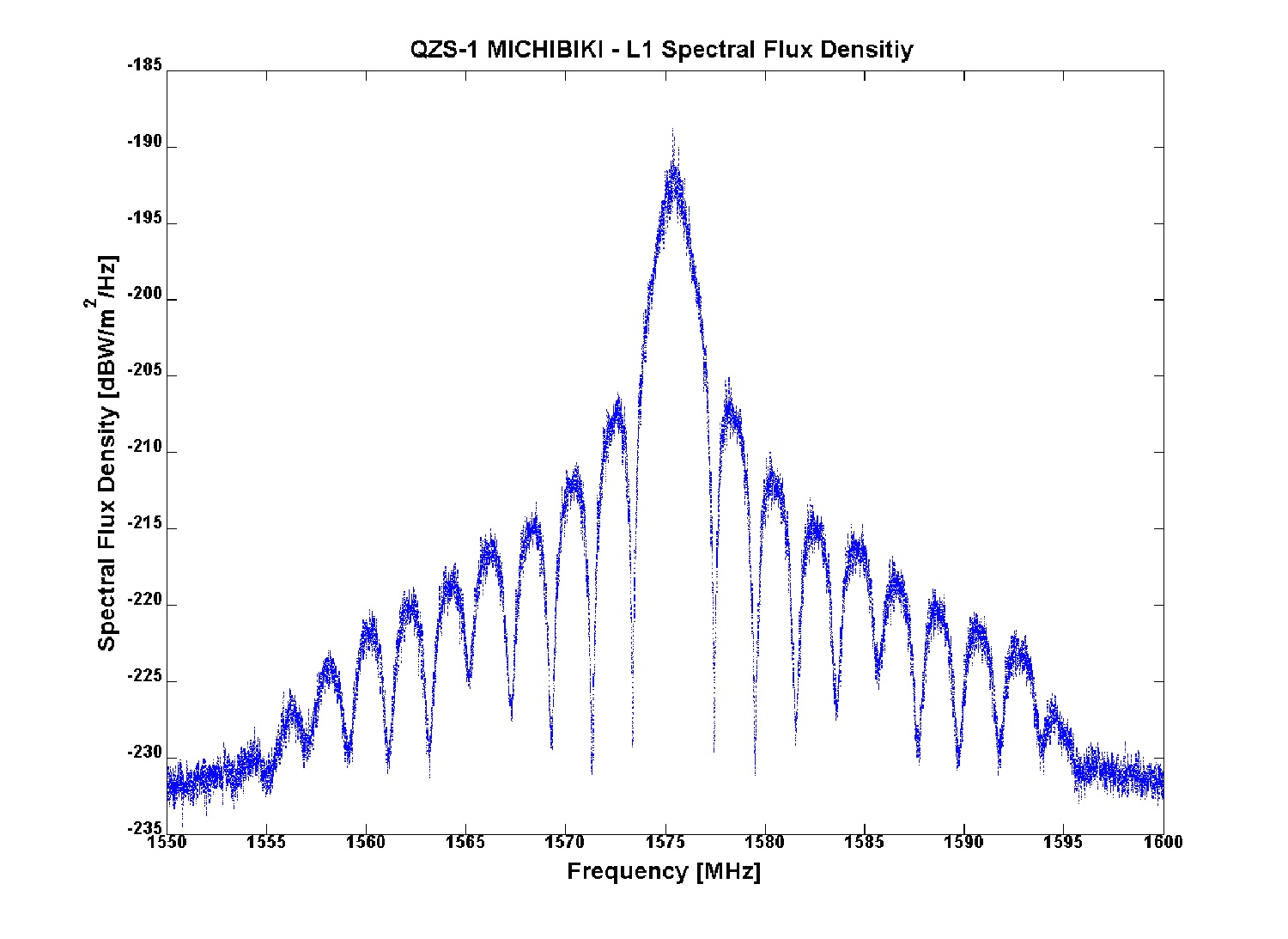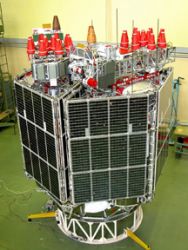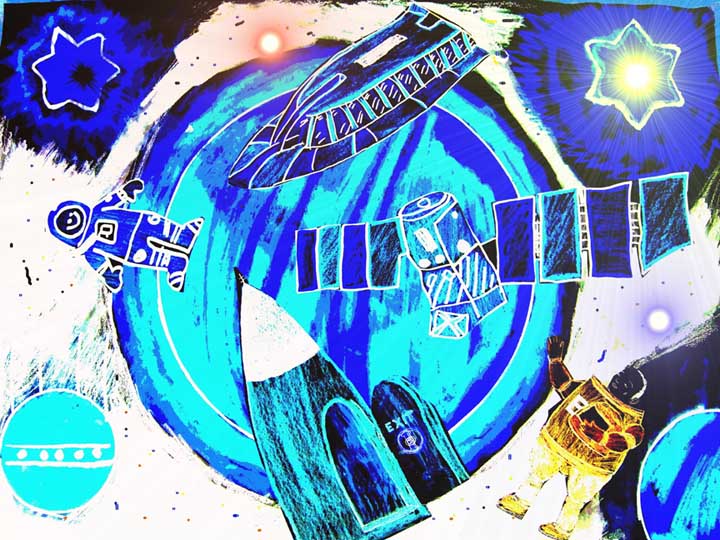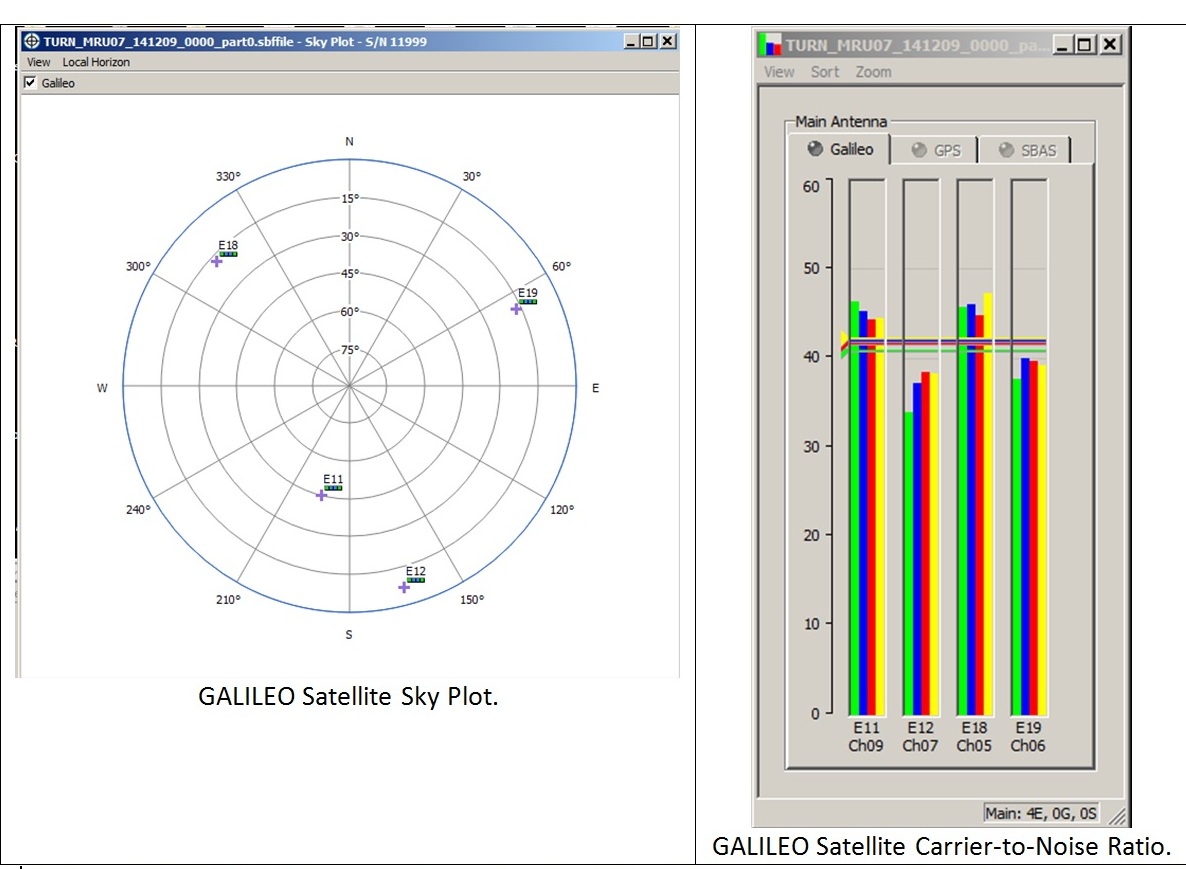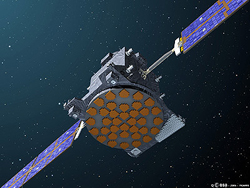
European Space Agency (ESA) and Surrey Satellite Technology Ltd.(SSTL) operators have completed the on-orbit preparations and activated the navigation payload for GIOVE-A, the first Galileo satellite launched December 28.
European Space Agency (ESA) and Surrey Satellite Technology Ltd.(SSTL) operators have completed the on-orbit preparations and activated the navigation payload for GIOVE-A, the first Galileo satellite launched December 28.
Galileo RF transmissions began January 12, and ESA and SSTL operators have successfully received and decoded the payload signals.
GIOVE A was placed in orbit at an altitude of 23,260 kilometers by a Russian Soyuz-Fregat rocket operated by Starsem that lifted off from the Baikonur cosmodrome in Kazakhstan.
The 600-kilogram satellite, built for ESA in just 30 months and for €28 million by SSTL of Guildford, United Kingdom, has three primary objectives: securing use of the frequencies allocated by the International Telecommunications Union (ITU) for the Galileo system, demonstrating critical technologies for the navigation payload of future operational Galileo satellites, and assessing the radiation environment of the orbits planned for the Galileo constellation.
GIOVE A will transmit in the frequencies allocated to Galileo: E2, L1, E1, E5, and E6. Evaluation of the signals is being made through the Chilbolton Observatory Facilities for Atmospheric and Radio Research in the UK and ESA’s station in Redu, Belgium.
A Galileo Experimental Test Receiver developed by Belgian GNSS company Septentrio Satellite Navigation NV is one of the receivers that is being used to verify the acquisition, tracking, and noise characteristics of all transmitted signals.
Formerly known as GSTB-V2/A, the GIOVE A satellite is carrying two redundant, small-size rubidium atomic clocks built by Temex Neuchatel Time (Switzerland), each with a stability of 10 nanoseconds per day, and two signal generation units — one built by SSTL capable of generating a simple Galileo signal and the other built by Alcatel Alenia Space (Italy) that provides a more representative Galileo signal.
The signals are broadcast through an L-band phased-array antenna designed to cover all of the visible Earth under the satellite. Two additional instruments monitor the types of radiation to which the satellite is exposed during its two-year mission.
The various Galileo signal modes will now be generated sequentially using the various GIOVE A payload chains. Payload commissioning activities should be completed by mid-February.
Additional measurement campaigns will then be carried out to assess the medium earth orbit radiation environment, characterize the performance of the on-board clocks, and perform signal-in-space experimentation.
A second, larger and more advanced demonstrator satellite, GIOVE B built by the Galileo Industries consortium, will be launched later this year in the spring. (An American news outlet reported an April 14 launch, but an ESA official said that it was too early to confirm a specific date, which would depend on the performance of GIOVE A.)
In addition to a rubidium clock, GIOVE B will carry a passive hydrogen maser (PHM), an extremely accurate clock that has been developed under ESA contract. The PHM will be the first of its kind to be flown in space and have its performance tested in a realistic environment.
GIOVE A is broadcasting an experimental signal through two separate channels at a time. GIOVE B will transmit signals through three separate channels.
ITU rules require that, once a satellite is transmitting, transmissions cannot be interrupted for more than four months. For this reason, the GIOVE B satellite will provide a back-up system once launched to ensure that these crucial frequencies are secured, according to SSTL.
After the two GIOVE spacecraft are checked out, four operational satellites built by Galileo Industries will be launched by 2008 to validate the basic Galileo space and related ground segments.
Once this in orbit validation (IOV) phase is completed, the remaining satellites will be launched to achieve full operational capability by 2010. ESA signed a contract with Galileo Industries on January 19 to provide continuing management and technical services during the IOV phase.
For its Galileo role beyond the IOV phase, ESA is currently preparing what is called “Galileo evolution” related to the next generation of the system,” says Dominique Detain, communications manager for ESA’s navigation department.
The December 28 launch represents the culmination of a process to develop a European GNSS that began more than a decade ago.
Copyright 2006 Gibbons Media and Research LLC

